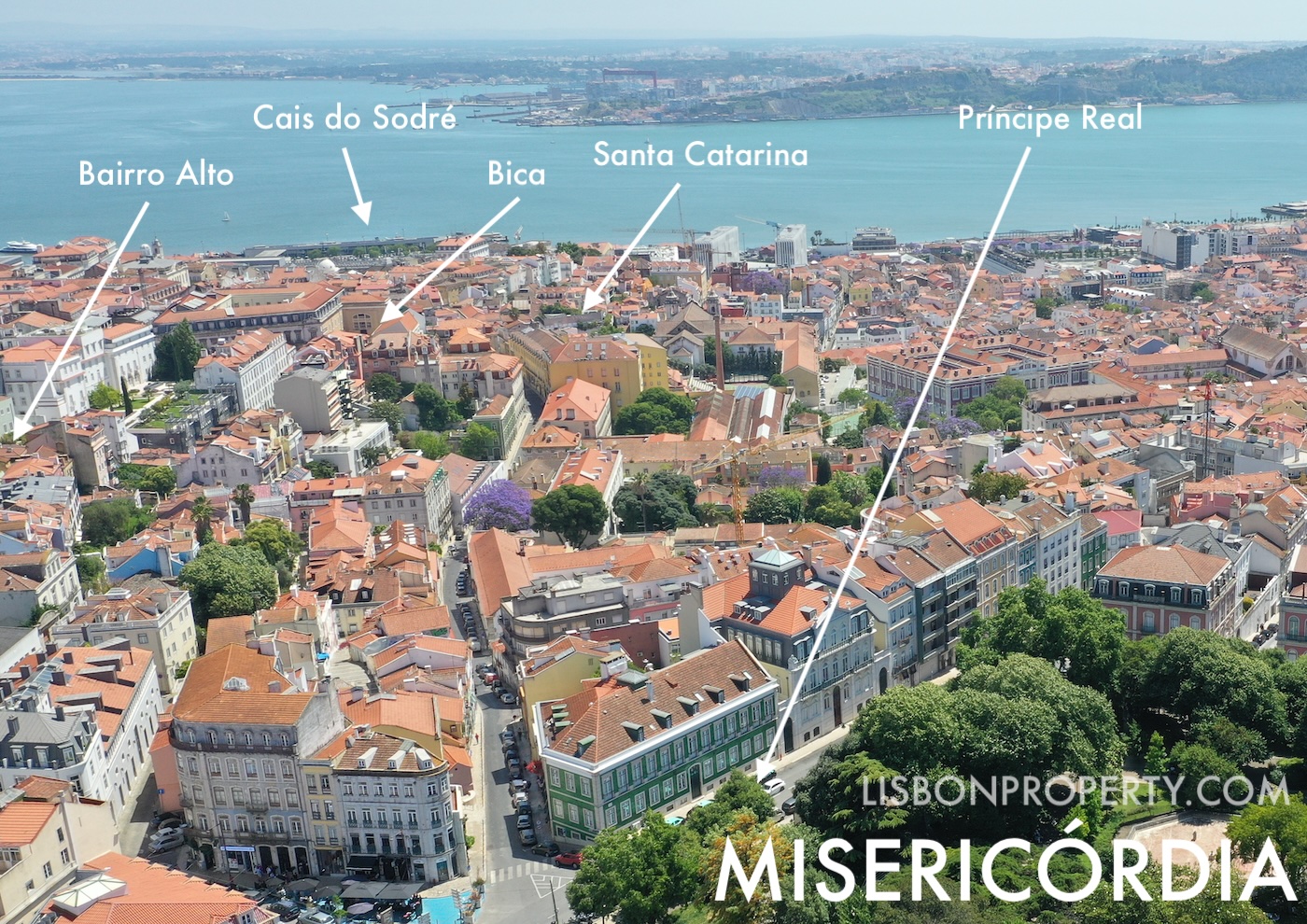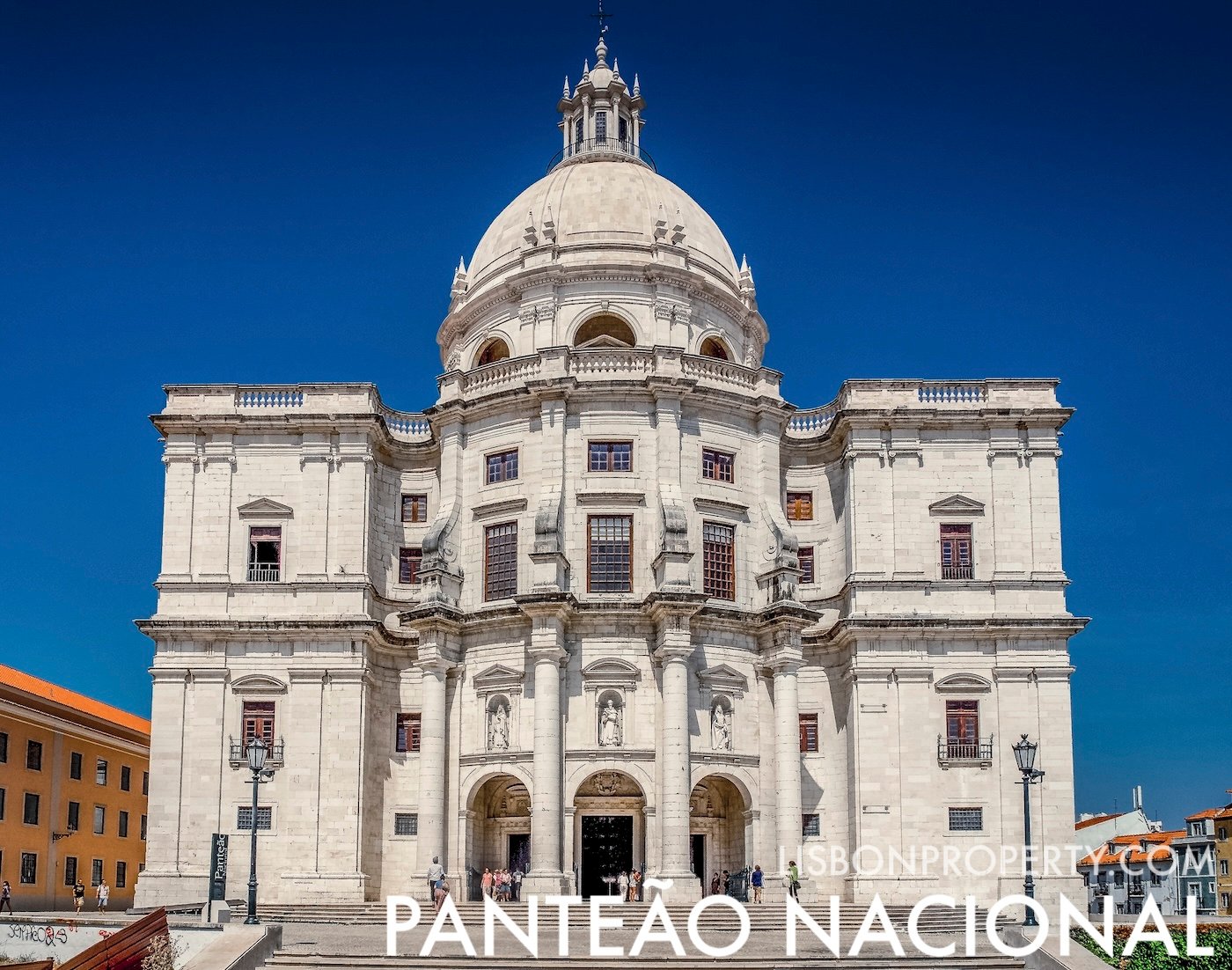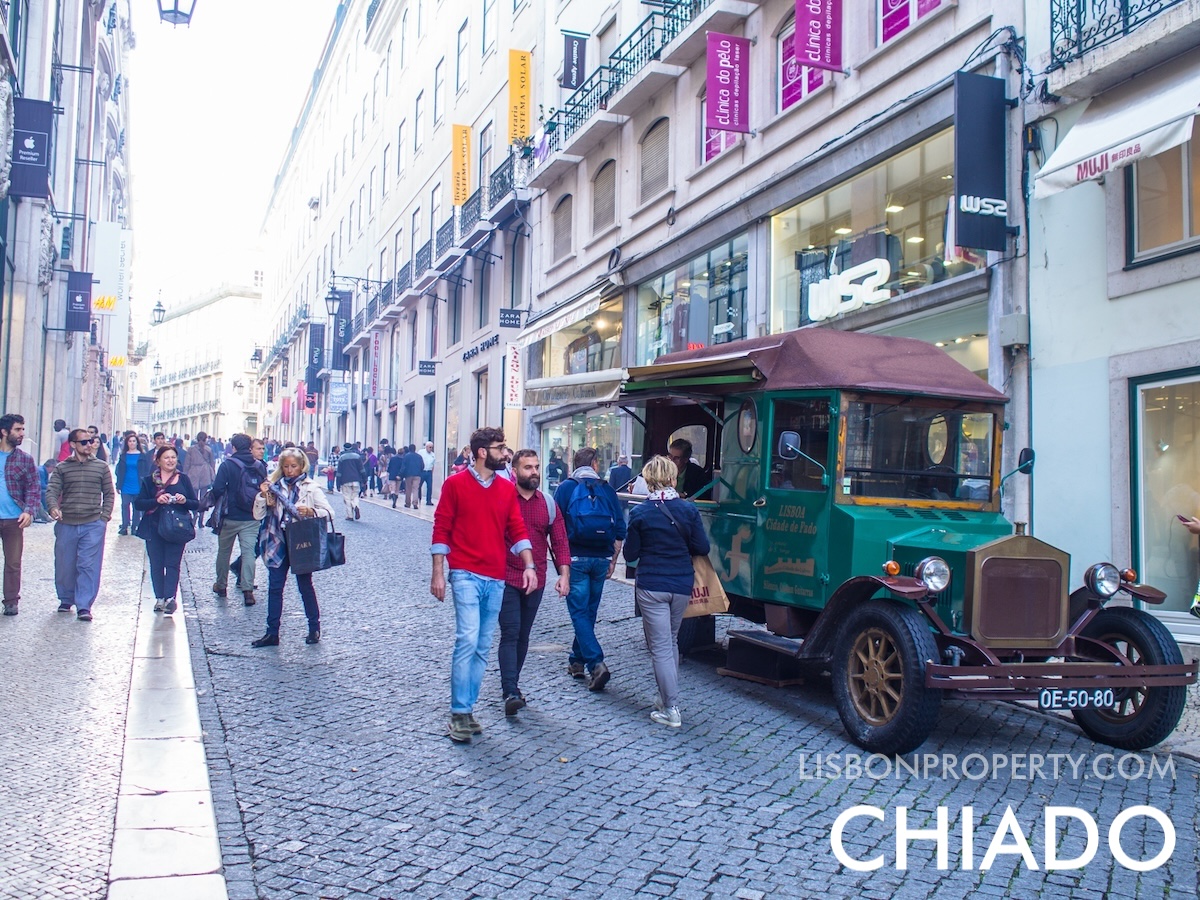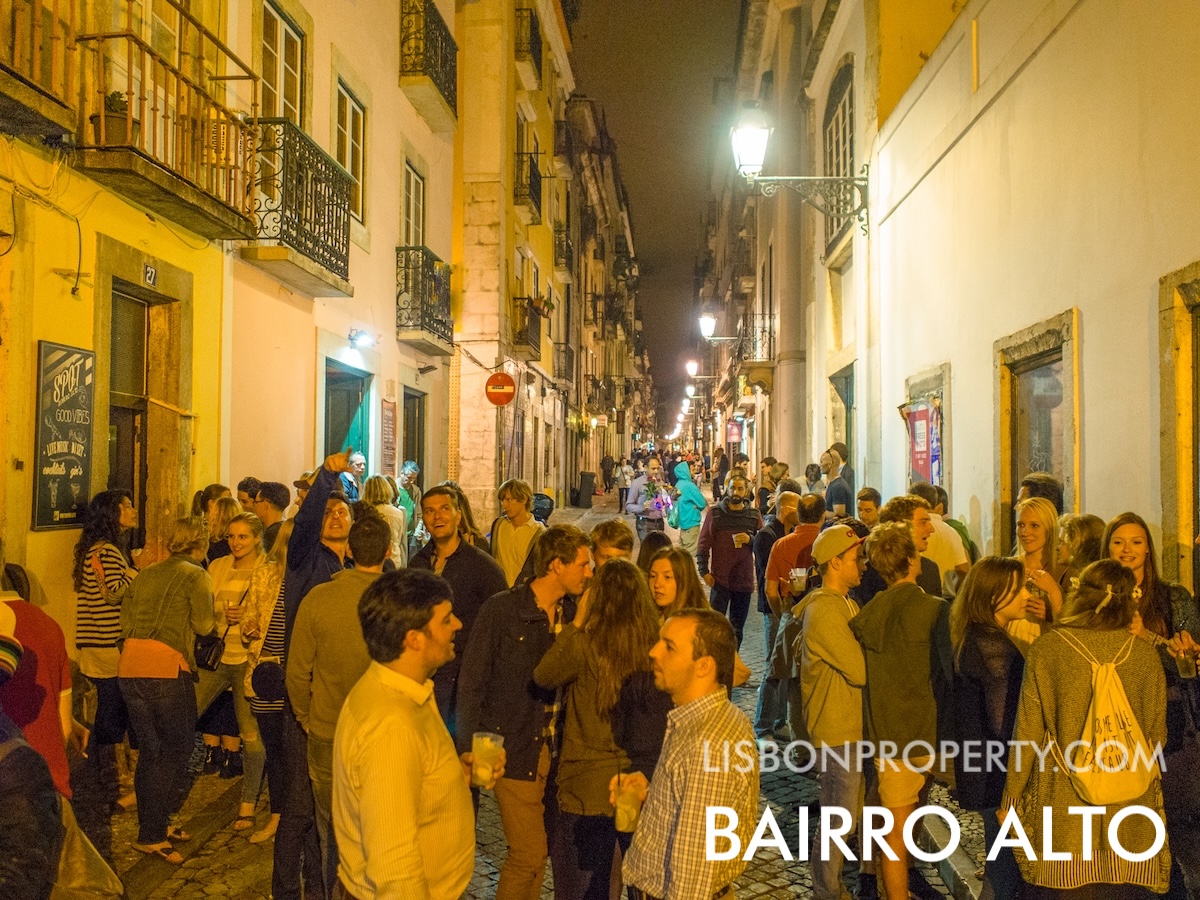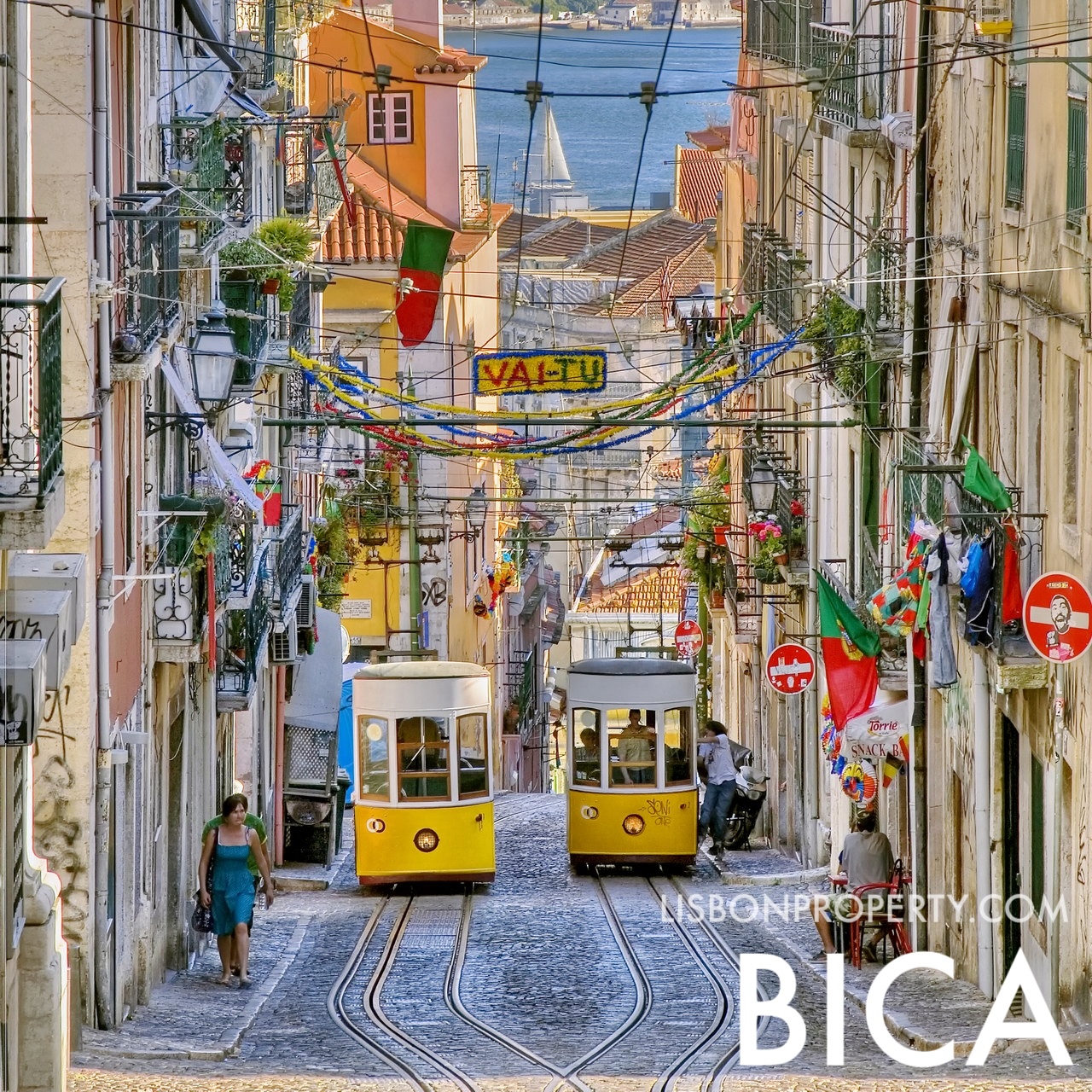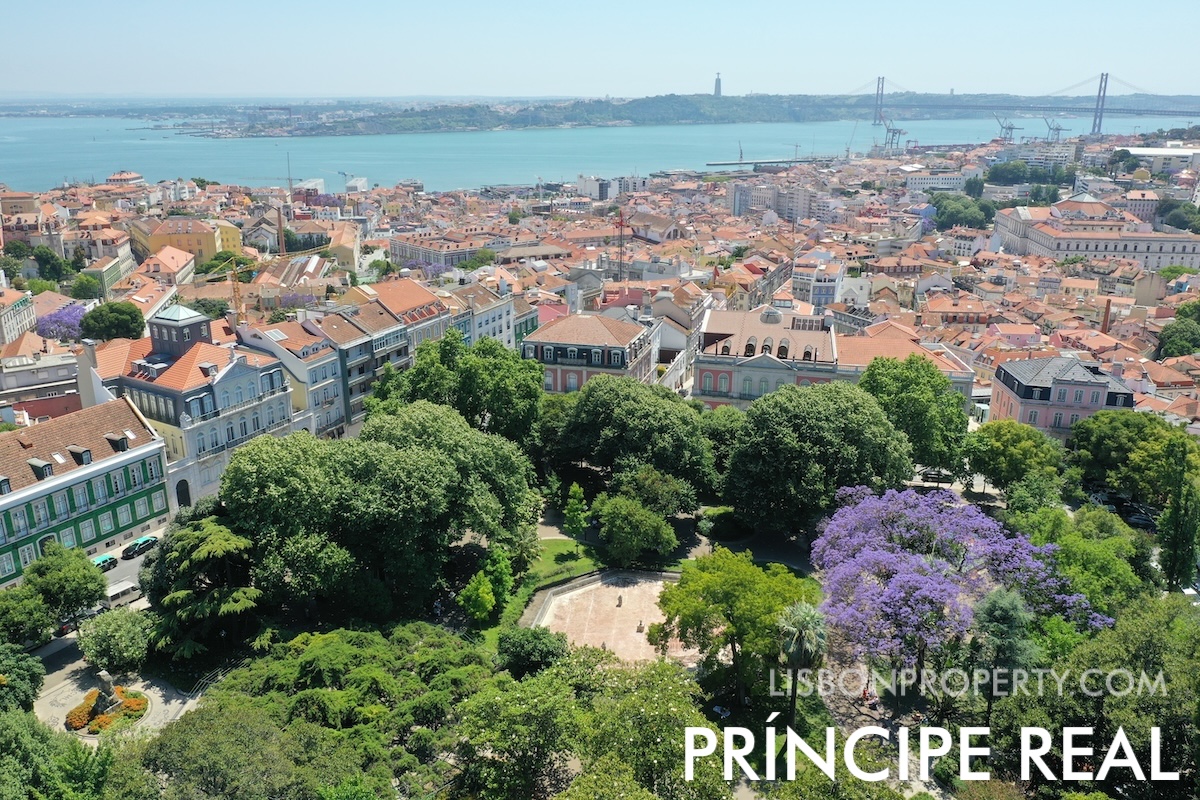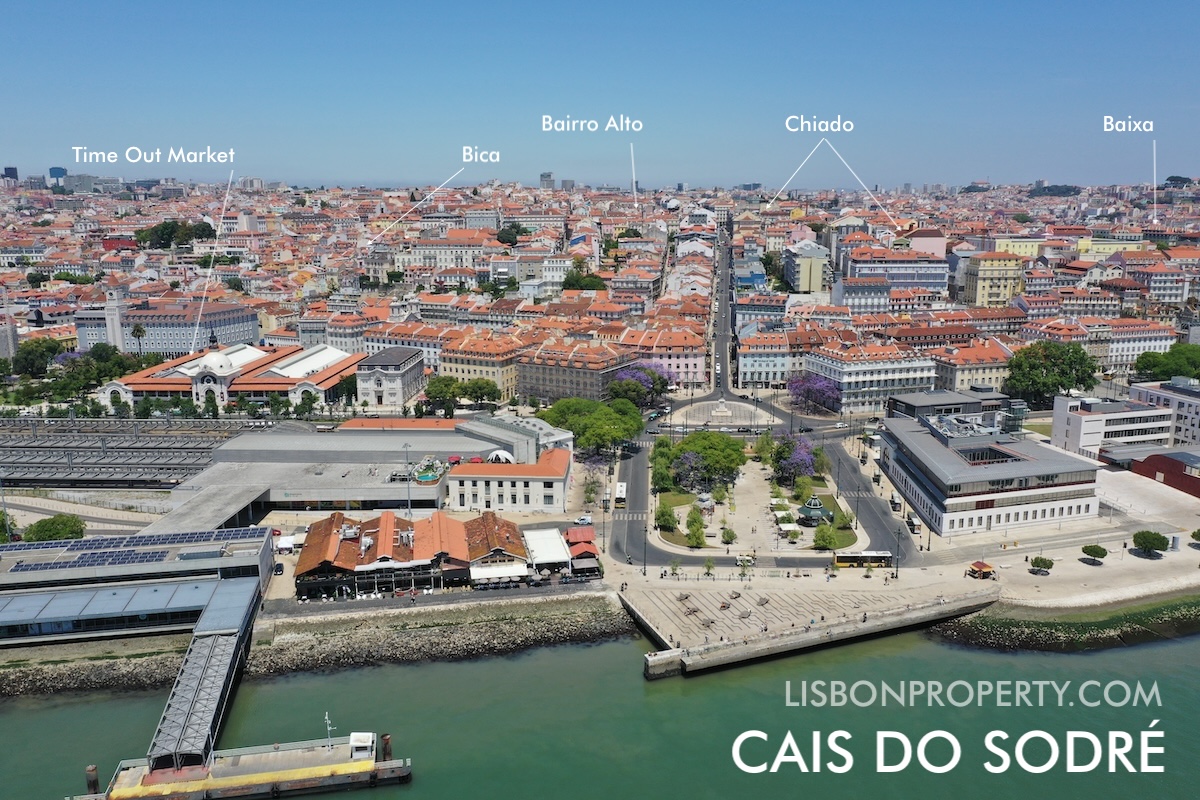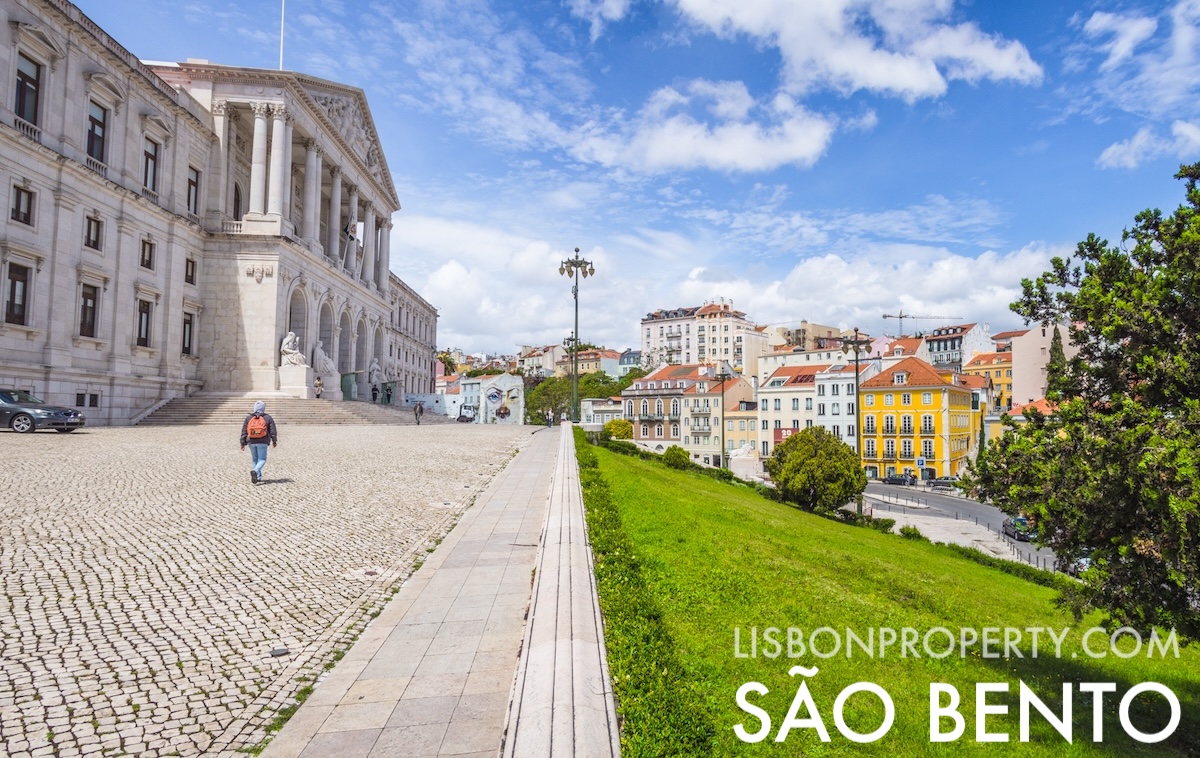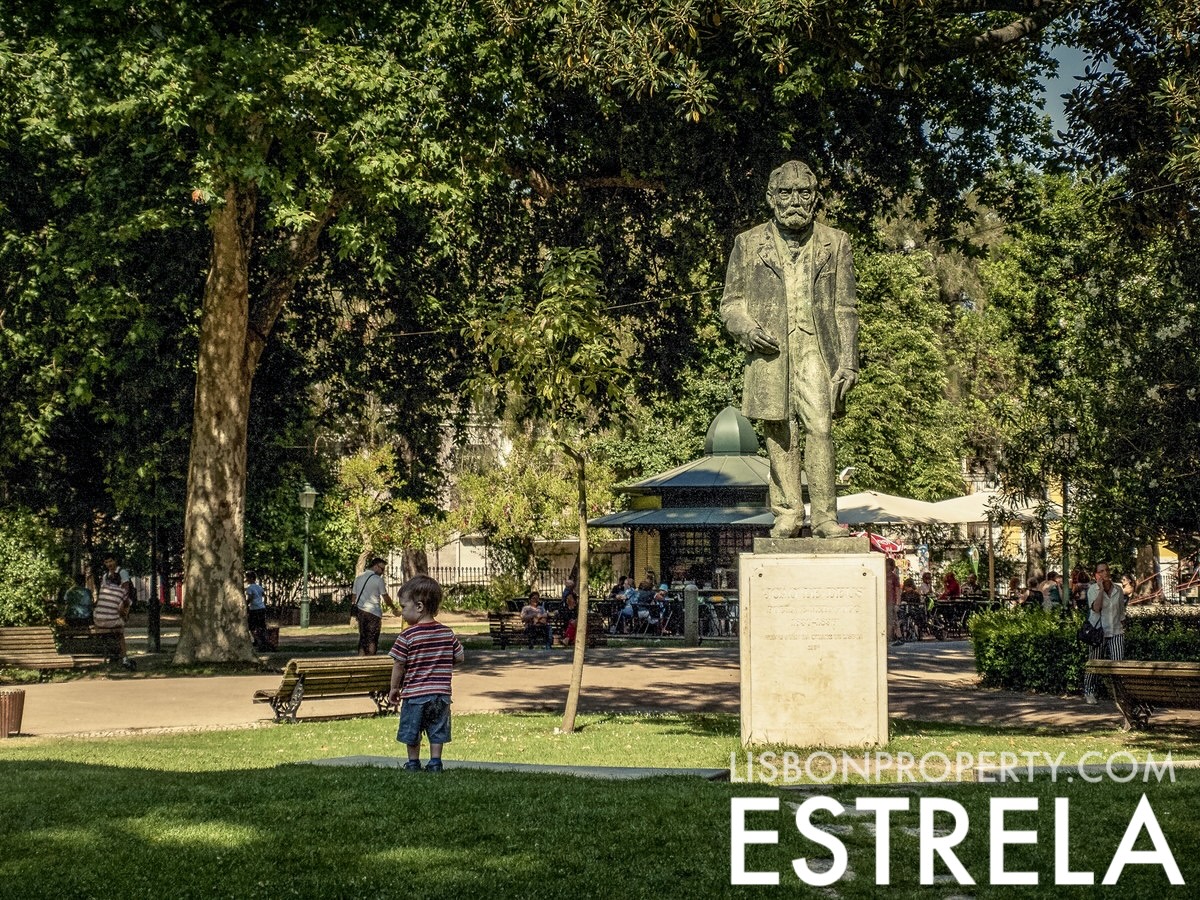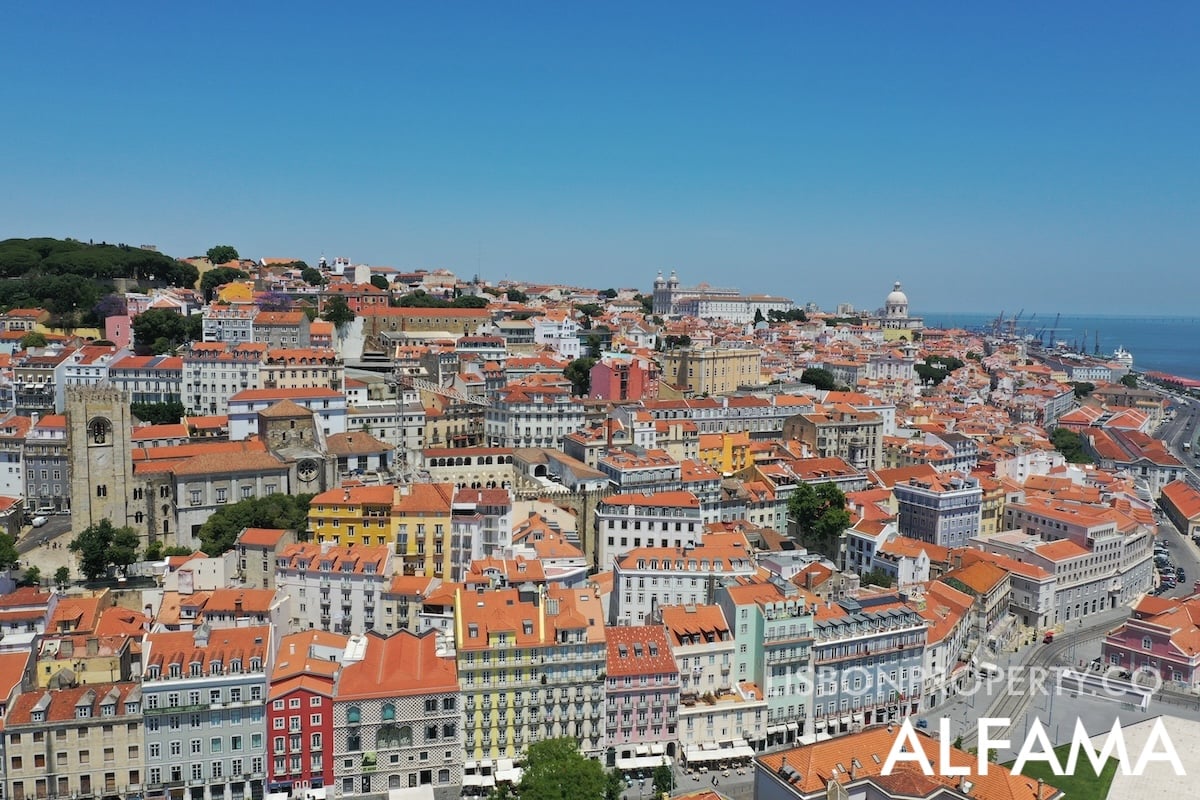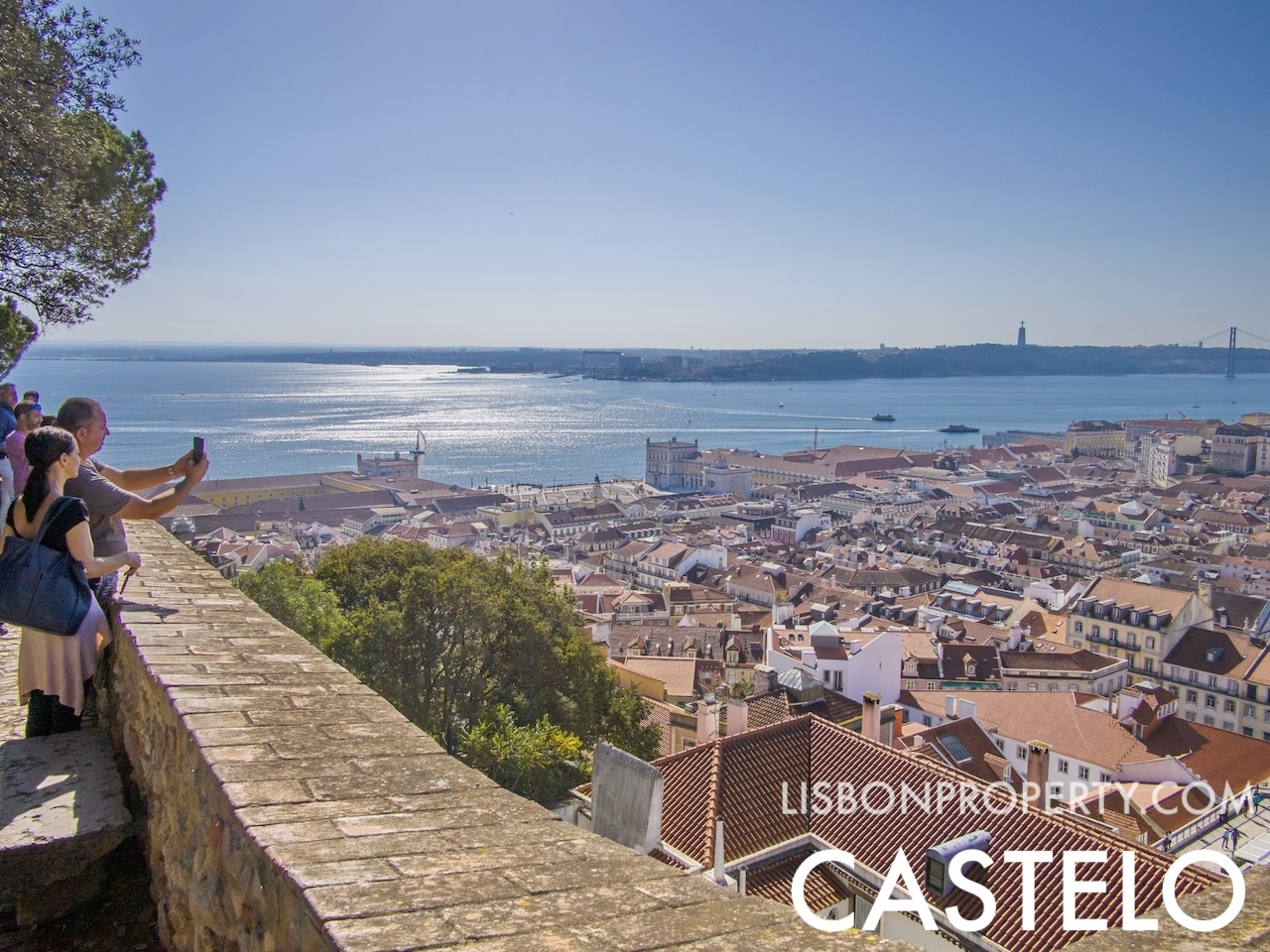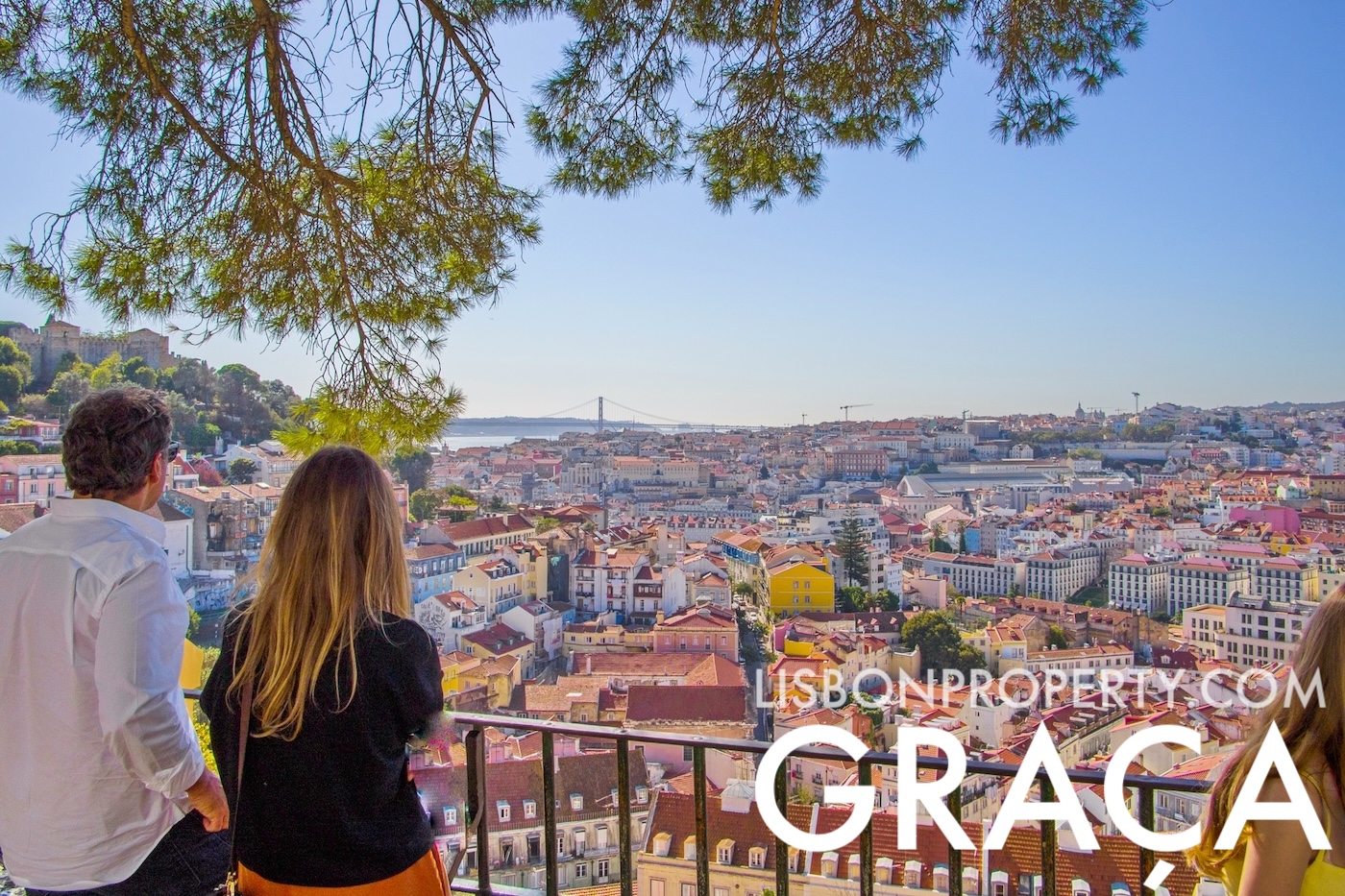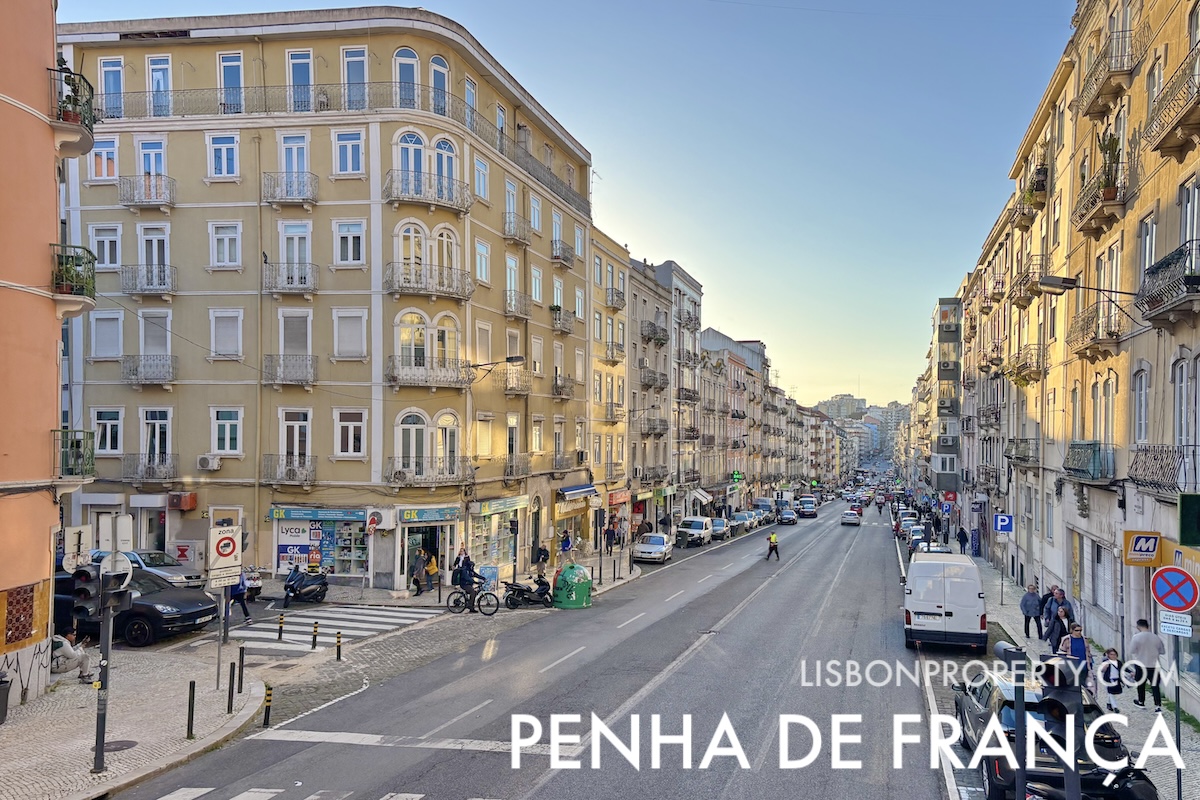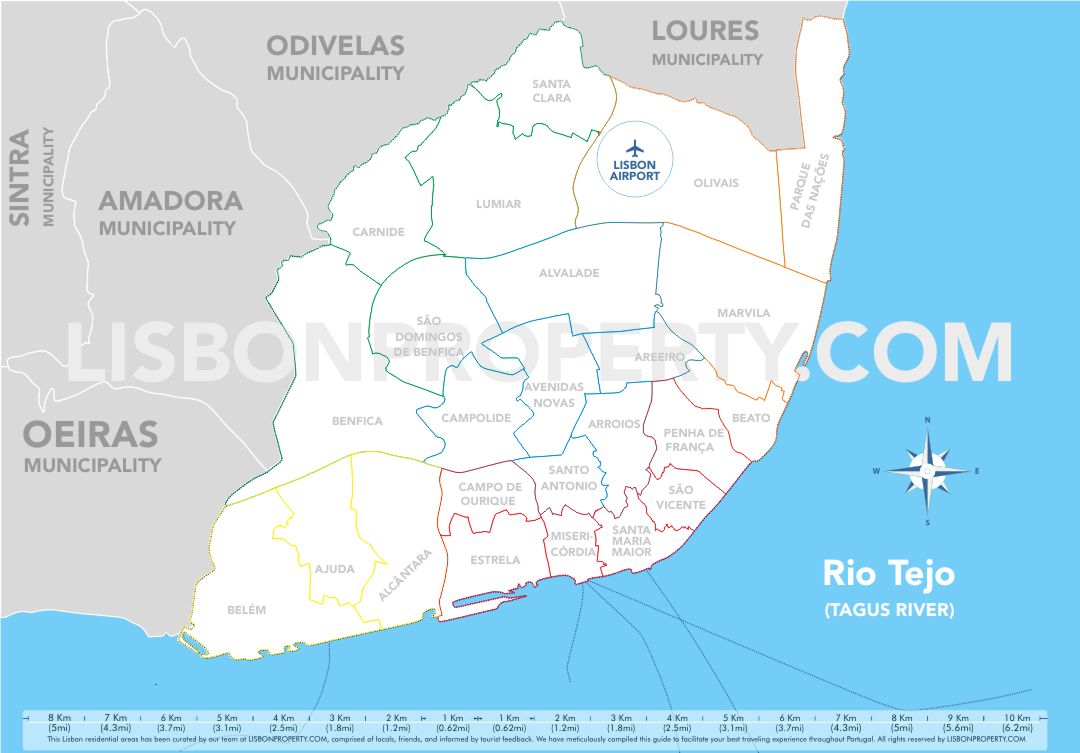Lisbon Downtown is “Baixa” Pombalina
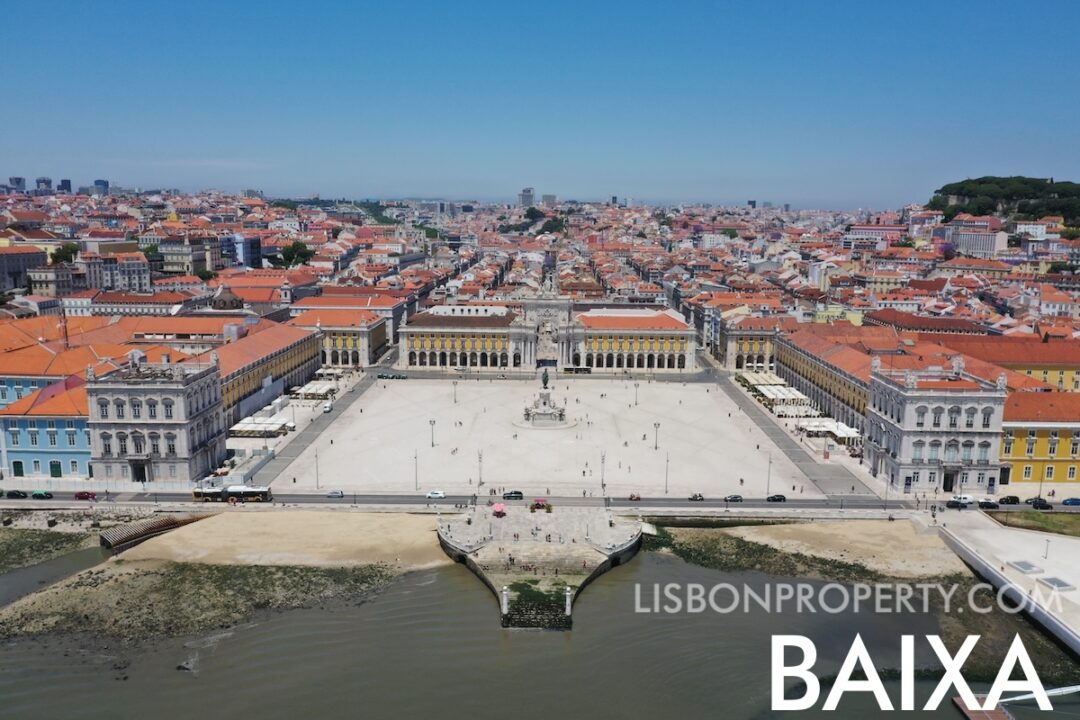
View of the Lisbon Baixa neighbourhood from the Tagus River. In the foreground, the Cais das Colunas is visible along the riverbank. Moving into the center of the scene, the Praça do Comércio and Terreiro do Paço are clearly seen, forming a significant part of Lisbon’s public space. The Augusta Street Arch stands out as a notable landmark, and beyond it, the downtown rooftops of Lisbon Baixa
Baixa, also known as Baixa Pombalina, is the downtown district of Lisbon, recognized for its historical and architectural significance. The area is named after the Marquis of Pombal, who directed its rebuilding after the earthquake in 1755.
Living in Baixa, Lisbon downtown
- SixGild apartments – SixGild is a newly renovated 5-floor building with 18 exclusive apartments blending traditional charm with modern features, a luxury residential apartments building in Baixa
Baixa Pombalina: Lisbon’s Historic Downtown
Located at the heart of Lisbon, the Baixa Pombalina was designed in a grid pattern, an innovative urban design concept for the time, and stands as one of the earliest examples of earthquake-resistant construction. The buildings were reconstructed using an advanced structural system known as ‘gaiola Pombalina’ (Pombaline cage), which provided flexibility and improved the buildings’ ability to withstand seismic activity. The façades are often adorned with tiles that not only enhance their aesthetic appeal but also serve practical functions in climate control and reduced maintenance needs.
Today, the streets of Baixa hold a place of distinction as the most expensive properties in the Portuguese edition of the Monopoly board game.
Let´s explain the Baixa area
To define the Baixa area, let us begin with its northern boundary. At the northern limit is Rossio (also known as Praça Dom Pedro IV), a square that stands out for its distinctive wave-patterned cobblestone paving. It is adorned with a prominent statue of Dom Pedro IV and is surrounded by notable historic buildings, including the Nicola Café and the Teatro Nacional Dona Maria II. Adjacent to Rossio to the east is Praça da Figueira, a square with its own historical significance, which was previously the site of a hospital and subsequently a marketplace.
… The main streets of Baixa
Continuing our exploration of Baixa, Rua Augusta is Baixa’s central thoroughfare, a pedestrianized street bustling with shops, esplanades, and street performers, stretching from Rossio Square to the Commerce Square (Praça do Comércio). Rua da Prata and Rua Áurea are two main commercial streets running parallel to Rua Augusta. Rua dos Fanqueiros is another parallel street, known for traditional shops selling fabrics and tailoring services. Rua da Madalena runs east and marks the transition from the orderly Baixa to the meandering alleyways of the historic Alfama district.
… from the streets to the waterfront Terreiro do Paço
The journey through Baixa leads to the Arco da Rua Augusta, a grand entryway through the triumphal arch of Rua Augusta to Praça do Comércio with a significant historical structure. For a fee, we can access the viewpoint atop the arch for panoramic views of Lisbon and the Praça do Comércio (Terreiro do Paço), an expansive waterfront square lined with yellow Pombaline-style buildings. The square opens onto the Cais das Colunas, marble steps leading down to the Tagus River, which historically served as a noble gateway to the city.
Avenida Ribeira das Naus marks the end of Baixa with a scenic promenade along the Tagus River, connecting Praça do Comércio to Cais do Sodré.
A walk through any of the main streets of Baixa from Rossio Square (Praça Dom Pedro IV) to Cais das Colunas typically takes about 14 minutes, covering a distance of approximately 900 meters.
Baixa is one of the most tourist areas in Lisbon, with some of the landmarks that entertain us throughout a day well spent in the city. From historic gastronomic spots, to glimpses for the eyes, smells, sounds, the Tagus River and other themes to brighten our senses about Portugal
Exploring other attractions in Baixa
(in addition to those mentioned above)
Rossio to Cais das Colunas: This walk will take you past a variety of shops showcasing Portuguese craftsmanship, architecture spanning several eras, restaurants serving local cuisine, and spots to sample Portuguese food specialties. Visit for a cultural immersion into Lisbon’s daily life and history.
Santa Justa Lift (Elevador de Santa Justa): An early 20th-century lift that connects the Baixa and Bairro Alto districts, offering panoramic city views. Visit for a unique perspective of Lisbon and a remarkable example of industrial age design.
Lisboa Story Centre: A museum dedicated to the history of Lisbon, featuring interactive exhibits and multimedia presentations. Visit to gain a comprehensive overview of the city’s past, from its foundation to the present day.
Núcleo Arqueológico da Rua dos Correeiros: An archaeological site that reveals layers of Lisbon’s history through excavated ruins. Visit to see firsthand the ancient remains that tell the story of Lisbon’s development over centuries.
Miradouro do Rio Tejo – Cais 1929: A viewpoint offering sweeping views of the Tagus River and the city skyline. Visit for a serene and picturesque spot to appreciate Lisbon’s riverfront and the surrounding architecture.
Praça do Comércio: A grand riverside square lined with distinctive yellow Pombaline-style buildings and a statue of King José I. Visit as it’s a central piece of Lisbon’s reconstruction history and offers a sense of the city’s scale and grandeur.
Money Museum (Museu do Dinheiro): A museum that explores the history of money and its economic impact, housed in a historical church. Visit for an insightful look into the evolution of finance and currency, complete with interactive displays and ancient coin collections.
Martinho da Arcada: It’s a traditional Portuguese café and restaurant situated in Lisbon’s Praça do Comércio, notable for its literary history, particularly its association with the poet Fernando Pessoa. Why visit: For a taste of Lisbon’s cultural history, where you can enjoy Portuguese culinary delights in a setting that has been a cornerstone of the city’s social life since 1782.
Having a drink and snack at the many esplanades: Enjoy the comfort of the outdoor seating areas at cafes and restaurants in Lisbon’s Baixa area, some of which offer views of the riverfront. This is an opportunity to relax and immerse yourself in the dynamic atmosphere of Lisbon.
Exploring the side streets of downtown Lisbon: Engage with the city’s rich cultural tapestry by visiting historic bookstores, local bars, street food vendors, souvenir shops, and traditional retail establishments. This exploration is not just a journey through Lisbon’s local commerce and history but an opportunity to create your own unique guide and discover the city’s hidden gems.
Explore Rua das Portas de Santo Antão: is a pedestrian-friendly zone located just north of Rossio Square (Praça Dom Pedro IV), popular spot for dining and entertainment, lined with a variety of restaurants. Home to the classical Coliseu dos Recreios. This area for its lively mix of local eateries, traditional Portuguese music venues like fado houses, and its proximity to other tourist attractions.
What to avoid in Baixa?
Choosing the wrong restaurants: The esplanades in Baixa offer a lively atmosphere ideal for enjoying a drink and experiencing the local scene. However, for those seeking a meal, it is recommended to consult reviews and select restaurants that are celebrated for their cuisine and service.
Dealing with Street Sellers: In Baixa and Terreiro do Paço, you may encounter individuals attempting to sell illegal items. It is best to politely decline any such offers with a “no, thank you“, is the best course of action.
Safety in Baixa: Baixa is broadly safe for visitors, yet caution is always prudent in any bustling city area. Stay attentive to personal belongings, be conscious of the environment, and exercise good judgment to make your visit both Secure and pleasant.
Create your own guide, be original, and explore safely!


